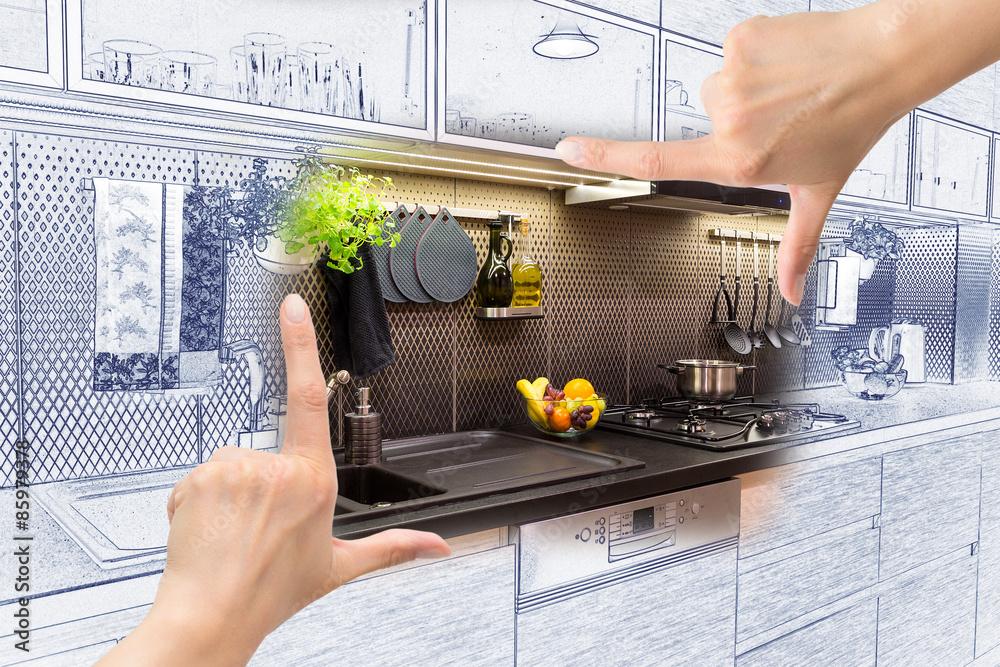Introduction
Welcome to our in-depth guide on how to get rid of pissants in the kitchen quickly and easily. Dealing with these tiny invaders can be a frustrating experience, but fear not, as we’ve crafted a comprehensive plan to reclaim your kitchen from these pesky pests. Mastering Pest Control
Understanding Pissants
Before diving into the elimination process, it’s crucial to understand your enemy. Pissants, also known as sugar ants, are attracted to sweet and sticky substances. They often invade kitchens in search of food, leaving a trail of frustration in their wake. Identifying their habits and preferences is the first step in effectively eliminating them from your living space.
Creating a Strategic Battle Plan
1. Thorough Cleaning
The foundation of any successful pest control strategy is cleanliness. Pissants are drawn to crumbs and spills, so start by giving your kitchen a thorough cleaning. Pay special attention to areas around appliances, countertops, and flooring. A clean kitchen is less appealing to these unwanted guests.
2. Sealing Entry Points
Pissants can exploit even the tiniest openings to infiltrate your kitchen. Carefully inspect windows, doors, and any gaps in walls. Seal these entry points with caulk to prevent easy access. By fortifying your kitchen’s defenses, you’ll make it more challenging for pissants to find their way in.
3. Proactive Food Storage
Invest in airtight containers for storing food items, especially those prone to attracting pissants. Sugar, honey, and other sweet substances should be securely sealed. This not only prevents infestations but also ensures the longevity of your pantry items.
Natural Remedies for Pissant Control
1. Vinegar Solution
A simple and effective homemade solution involves mixing equal parts water and white vinegar. Wipe down surfaces, particularly areas where you’ve spotted pissant trails. The acetic acid in vinegar disrupts their scent trails, deterring them from returning.
2. Citrus Peels
Pissants despise the scent of citrus. Place orange or lemon peels near entry points and areas prone to infestation. Not only does this act as a natural repellent, but it also adds a pleasant aroma to your kitchen.
3. Cinnamon Barrier
Create a protective barrier using ground cinnamon. Sprinkle it along windowsills, doorways, and any identified entry points. The strong scent disrupts their communication and discourages them from entering your kitchen.
Targeted Pesticide Application
1. Boric Acid
For a more aggressive approach, consider using boric acid. Mix it with a small amount of sugar to attract the pissants. Once ingested, boric acid acts as a lethal agent, effectively eliminating the colony. Exercise caution and keep this solution away from children and pets.
2. Diatomaceous Earth
This natural, powdery substance is lethal to pissants but harmless to humans and pets. Sprinkle diatomaceous earth near pissant trails and entry points. As they walk through it, the powder dehydrates and ultimately eradicates them.
Maintenance Tips for a Pissant-Free Kitchen
1. Regular Inspections
Stay vigilant by routinely inspecting your kitchen for any signs of pissant activity. Early detection allows for swift action, preventing a full-blown infestation.
2. Consistent Cleaning Habits
Maintain a clean and clutter-free kitchen to discourage pissants from returning. Regularly sweep, mop, and wipe down surfaces to eliminate potential food sources.
Conclusion
By implementing this comprehensive guide, you can reclaim your kitchen from pissant invaders. From natural remedies to targeted pesticide applications, each strategy plays a vital role in ensuring a pest-free environment. Remember, consistency is key in the ongoing battle against kitchen pests.



